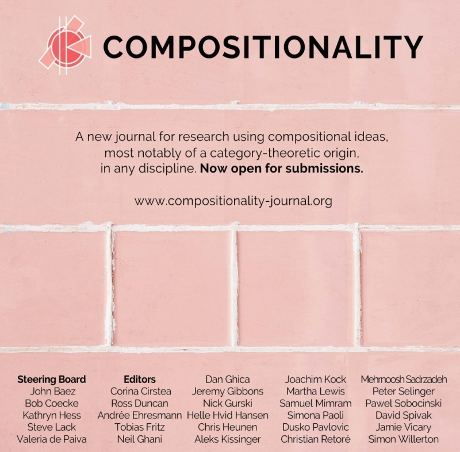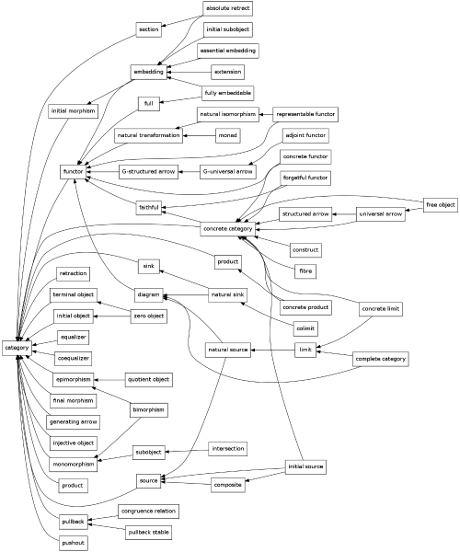Awesome Applied Category Theory by Statebox.
A curated set of resources on the application of category theory from databases to manufacturing and petri nets.
Did you know you can apply category theory to the assembly of Lego blocks? The authors of String Diagrams for Assembly Planning apply category theory to evaluate assembly of Lego blocks. Their abstract:
Assembly planning is a difficult problem for companies. Many disciplines such as design, planning, scheduling, and manufacturing execution need to be carefully engineered and coordinated to create successful product assembly plans. Recent research in the field of design for assembly has proposed new methodologies to design product structures in such a way that their assembly is easier. However, present assembly planning approaches lack the engineering tool support to capture all the constraints associated to assembly planning in a unified manner. This paper proposes CompositionalPlanning, a string diagram based framework for assembly planning. In the proposed framework, string diagrams and their compositional properties serve as the foundation for an engineering tool where CAD designs interact with planning and scheduling algorithms to automatically create high-quality assembly plans. These assembly plans are then executed in simulation to measure their performance and to visualize their key build characteristics. We demonstrate the versatility of this approach in the LEGO assembly domain. We developed two reference LEGO CAD models that are processed by CompositionalPlanning’s algorithmic pipeline. We compare sequential and parallel assembly plans in a Minecraft simulation and show that the time-to-build performance can be optimized by our algorithms.
I don’t have any Lego blocks at hand but suspect working through the exercise with them will produce a more intuitive understanding of the value of the author’s technique.
Perhaps a new meme: Category Theory, wherever Lego Blocks are sold!



